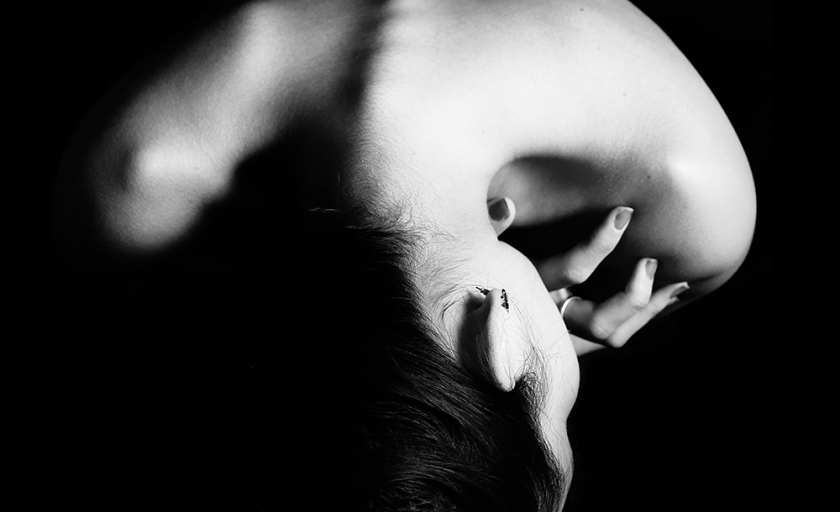Harnessing Autumn’s Energy: Grounding Practices for Seasonal Transition
As summer’s vibrant energy softens into autumn’s golden stillness, our bodies and minds begin to crave grounding. The fall season is a natural time of release and renewal, a reminder to slow down, let go of what no longer serves us, and return to our foundation.
Just as trees draw their energy inward and shed their leaves, we too can anchor ourselves by turning inward, through mindful movement, breath, and ritual.
1. Root Yourself in Steady Movement
Gentle, grounding practices like slow flow yoga, mobility work, or mindful walks outdoors help stabilize the body and calm the mind. Focus on connecting your feet to the earth with intention. In your practice, move slower than usual—feel each breath, each step, each transition.
Try this in class: our Anchor into Autumn flow (coming this month) is designed to root your energy, using earthy sequences that support the Root Chakra.
2. Connect with Your Breath
Breath is our most accessible anchor. During times of transition, grounding through pranayama (breathwork) helps regulate the nervous system and quiet mental restlessness.
Try the 4-4-8 breath: inhale for 4 counts, hold for 4, and exhale for 8. Feel your body soften and your thoughts slow with each cycle.
3. Create a Grounding Ritual
Seasonal rituals help mark transitions and bring a sense of steadiness. You might:
- Begin your mornings with warm tea or journaling by candlelight.
- Spend a few minutes outside, noticing the colors, textures, and sounds of fall.
- Reflect on what you’re ready to release, just as the trees release their leaves.
These simple moments remind your body and spirit that it’s safe to slow down.
4. Nourish the Root Chakra
The Root Chakra (Muladhara) governs stability, safety, and our connection to the earth. When balanced, it brings a deep sense of groundedness and trust in the flow of life.
To nourish it:
- Eat grounding foods like sweet potatoes, beets, lentils, and root vegetables.
- Practice standing poses like Mountain, Warrior II, and Tree Pose.
- Visualize a red light glowing at the base of your spine, anchoring you to the earth.
Embrace the Shift
Autumn reminds us that change can be both grounding and beautiful. By slowing down and connecting to the earth beneath us, we make space for new energy to flow in when the time is right.
Join us this month for Anchor into Autumn, a grounding flow to align with the season’s shift, through movement, breath, and stillness, we’ll cultivate stability, presence, and renewal.

